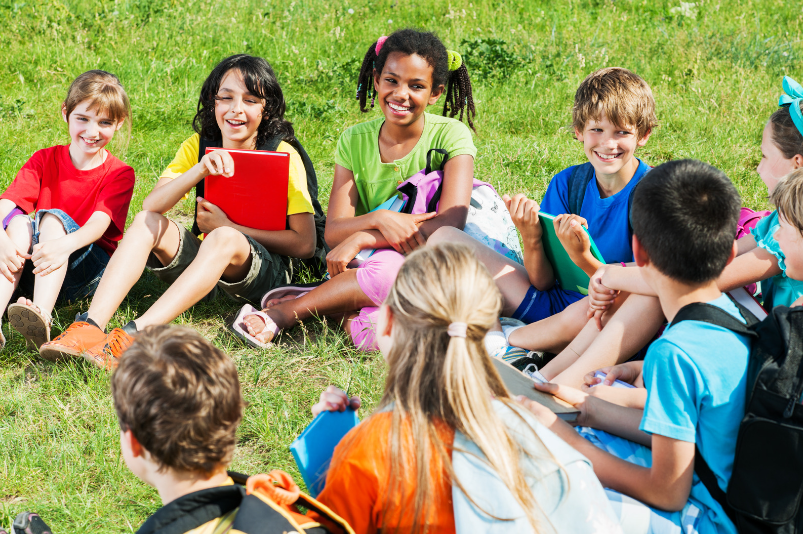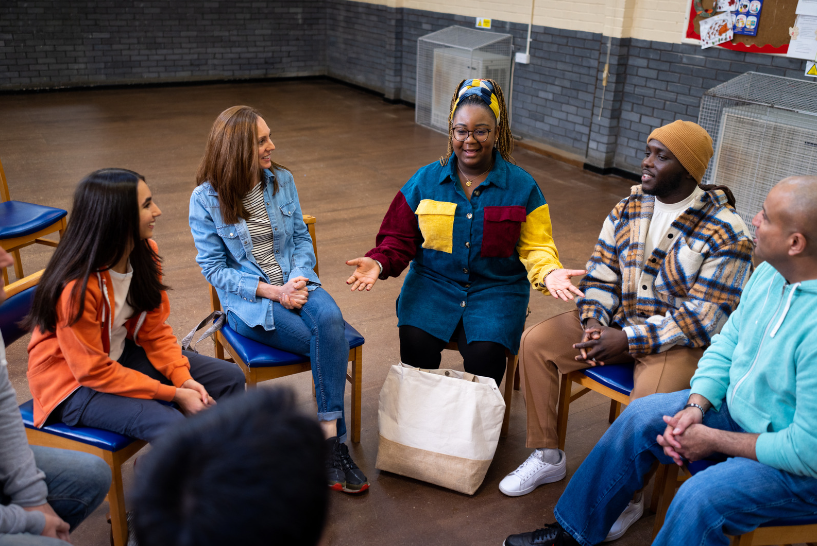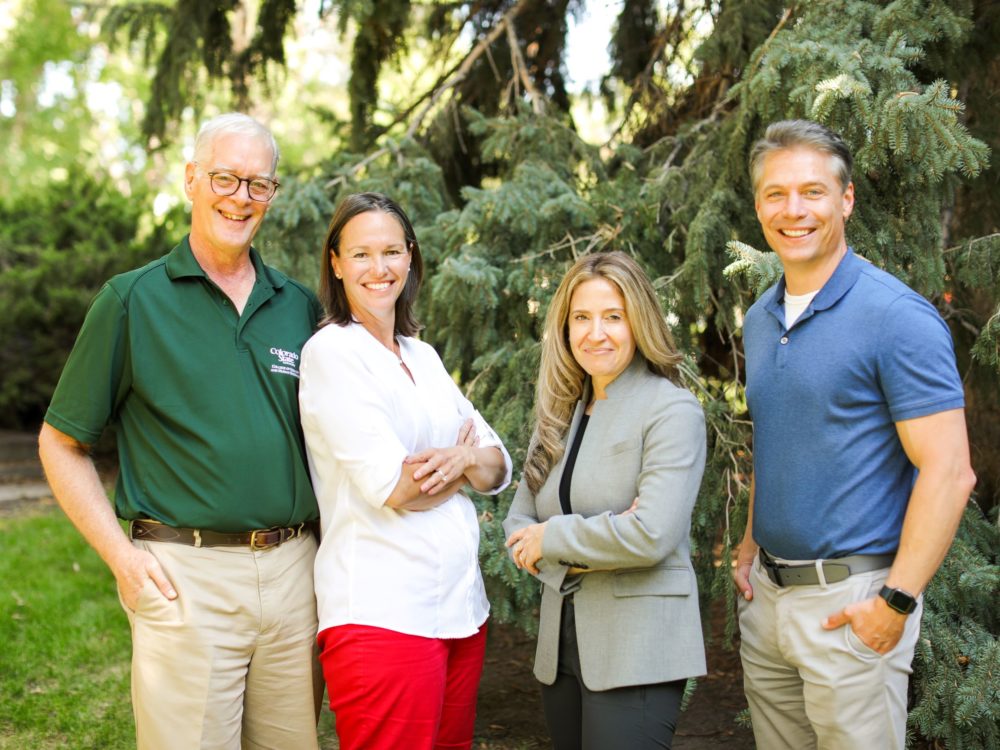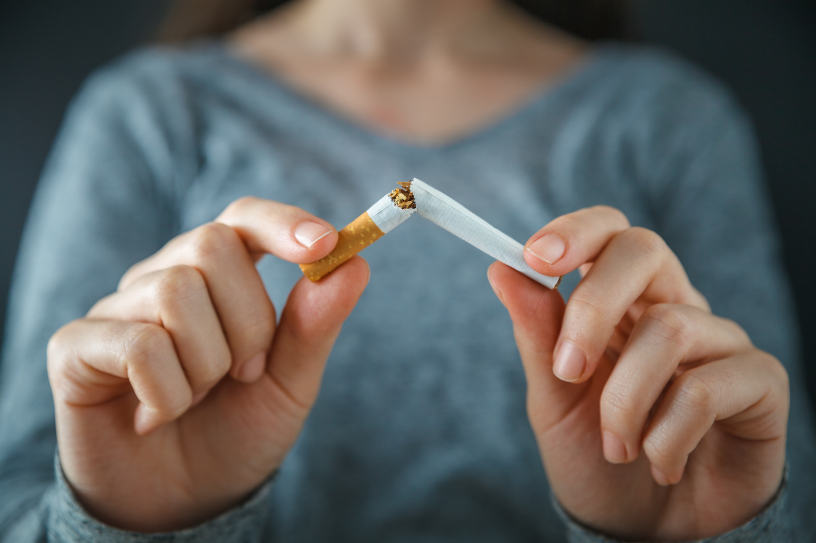As children grow up and learn about the world around them, they face the difficult task of finding and staying on a positive path. As adults age, they face the stress of the outside world and the responsibilities that come with it. On a broader level, communities are challenged to provide a beneficial environment for residents. Every phase of life can be tough, but prevention science uses a research-based approach to positively impact youth, at risk groups, adults, and entire communities.
Starting Early

The best way to prevent problematic behavior is to steer youth away at a young age, and social emotional learning programs have proven to be one effective tool. Nathaniel Riggs, Executive Director of the Prevention Research Center at CSU describes these programs as “less about preventing the bad and more about promoting the good.”
“Skill development prevention helps prevent long term distal behavioral health outcomes like substance misuse, depression, anxiety, and other similar things,” he explained.
Riggs describes his team’s approach to social emotional learning programs as “promoting the good, by promoting positive youth development, by promoting self-regulation, by promoting self-awareness, social awareness, positive decision-making skills, and communication skills.” Each of these prevention strategies assist with multiple health behavior problems that can occur as youth get older.
Adulthood
With the stress of working, paying bills, taking care of friends and family, and dealing with medical problems, it’s easy to get bogged down by anxiety as an adult. A study published in the National Library of Medicine regarding the impact of prevention science in middle and late adulthood looked at what puts adults at risk and how to protect them from harm. Some factors include:
- Monitoring drug and alcohol use to avoid dependance
- Promoting self-care and stress-reduction techniques
- Helping provide access to mental health care
According to the study, the most impactful prevention science factors in adults include coming up with good ideas to prevent problems, learning how alcohol affects your health as you get older, and remembering that some people don’t have access to good healthcare. These are just three focus areas that prevention science can help with.

Partnering with Communities

CSU’s Prevention Research Center helps get programs out into the world with the help of community partners, who provide insight on local areas where prevention may be needed. The PRC then works with communities to select programs that will be most effective. Ultimately, the PRC wants to ensure that selected programs are carefully vetted and evidence-based.
“We recognize that solving these grand challenges that communities are experiencing takes a multidisciplinary approach. No one discipline can do this alone. And so, we need to work and capitalize on the expertise of people across our communities, including academic communities, to implement programs that are going to work. Therefore, working with academics from across disciplines and working across community sectors is really important,” Riggs notes.
The Four Prevention Resource Center Divisions at CSU
CSU’s Prevention Research Center (PRC) operates four divisions:
- Healthy Schools
- Intellectual and Developmental Disabilities
- Healthy Aging
- Community-University Partnerships Divisions
Each of these divisions supports a different topic area, yet all have the same purpose.
According to the CSU PRC, Healthy Schools “partners with schools, districts, and state departments of education to test and implement evidence-based approaches to promoting student health, wellness, and academic achievement.” This division supports social emotional learning programs along with other programs meant to help youth stay on the right track.
The Intellectual and Developmental Disabilities Division “supports people with intellectual and developmental disabilities and their families through transformative research and innovative programs that promote well-being throughout the lifespan.” Riggs describes this pillar as “a division where we do a lot of work with youth that have Down Syndrome and other intellectual and developmental disabilities.”

The Healthy Aging Division “applies the latest research in healthy aging to community-based interventions for older adults.” Riggs notes, “that division is doing a lot of work later on in the life cycle where it’s often neglected by prevention science.”
Lastly, the Community-University Partnership Division “supports collaborative work with local communities and state agencies to assess community needs, translate prevention science into effective programs and policies for individuals and families, to provide support in implementing community programs, and to evaluate programs’ impact.” Riggs describes this division as the foundation of the work being done at the PRC since almost all of the work is community engaged. “I think that’s really important for an academic unit or a research unit in a land grant university that has that mission to engage directly with community partners.”
Measuring Impact
When it comes to measuring the success of prevention science, it can be challenging.
“Prevention has a measurement problem because if we’re doing our job – if we’re promoting positive youth development – then nothing happens in the future,” Riggs explained. “So how do you measure nothing happening?”
The best way to measure the success of prevention programs is by evaluating the short-term risk and protective factors that could accumulate in the future. Another way is by tracking the long-term impact of social emotional learning programs over time. “If you have a research design and you have funding that allows follow up with young people over a longer period to when these behavioral health outcomes are starting to pop up, many of these programs have shown that they can prevent those behaviors from happening,” Riggs says.
Prevention Science vs. Other Approaches

One area that sets prevention science apart from other approaches is the research-based model behind it.
Prevention programs like D.A.R.E (Drug Abuse Resistance Education) have gained traction in the past due to funding, statutory support, and other factors. However, since D.A.R.E. didn’t use an evidence-based approach, it was largely ineffective.
Prevention science has proven to be successful. The biggest hurdle is creating awareness. The Botvin Life Skills Program is a current prevention program that’s ramping up. It helps middle school and high school students build skills and in turn avoid substance misuse. This program shares a lot of similarities with programs supported by CSU’s Prevention Resource Center.
The Future of Prevention Science
The field of prevention science has proven to be effective for youth and communities. Additionally, with the expansion of this field, many universities have introduced Prevention Science degree programs and certificates. Colorado State University Online offers both of these options.
A research-based approach helps programs succeed. However, awareness and funding are big roadblocks. Luckily the two go hand-in-hand and if awareness increases, funding likely will as well. While a lot of these programs are not well-known, it doesn’t mean they aren’t incredibly impactful. Maximize your resources and the success of your community through prevention science programs.
Visit the Prevention Research Center to learn more or listen to the full interview with Nate Riggs on the Applied Podcast.